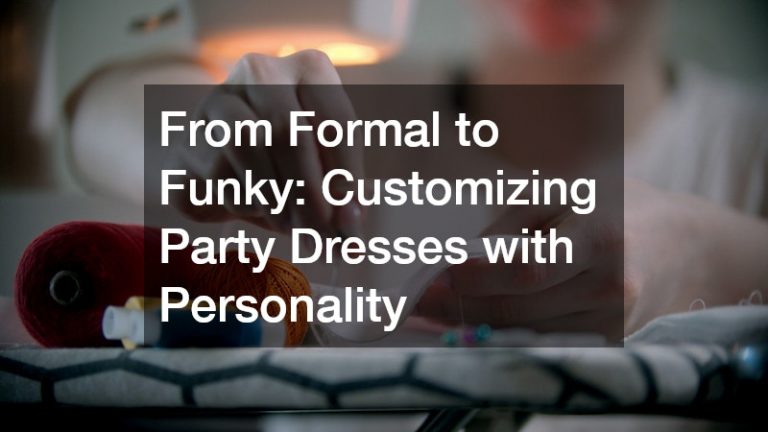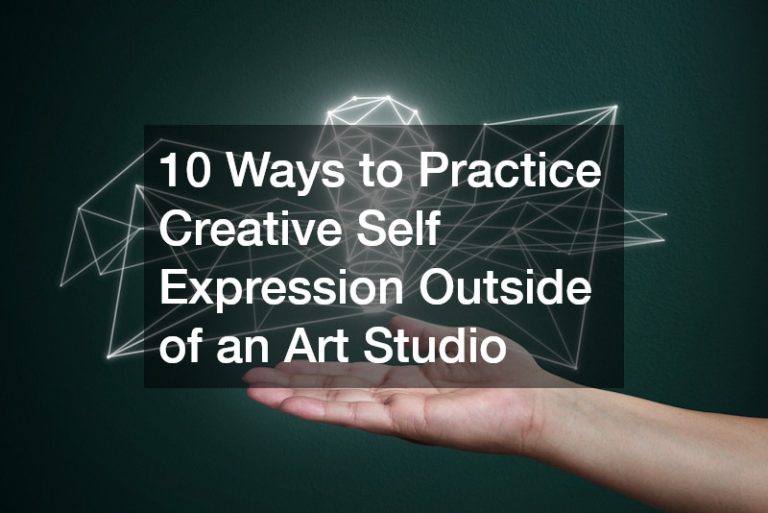In today’s world, where every corner of the internet and high street is filled with brands vying for our attention, the ones truly stand out and capture our hearts and wallets. That’s what we’re diving into today—how designers craft brands that don’t blend into the background but make a lasting impression. Think about it; we’ve all been there, scrolling through our feeds or walking down the street when something catches our eye. And bam! We’re thinking about it all day or even tweeting a cheeky mention. From the iconic swoosh of Nike to the minimalist chic of Apple, these brands got something right. But what is it? How do they do it? Hang tight as we explore the magic behind creating brands that stand out—a path sprinkled with creativity, bold choices, and maybe a meme.
Defining Brand Identity: Core Elements to Consider

When making brands stand out, you must consider the whole package. It’s more than slapping a cool logo on everything and calling it a day. You must consider how everything, from your color scheme to your tagline, makes folks feel when they see it.
Discuss SEO for tech companies because it’s a huge part of getting noticed in the digital age. If your online content isn’t optimized to show up when your ideal customers are searching, you’re talking to yourself. Who wants that? It’s not just about throwing keywords around; it’s about weaving them into your brand’s story so they feel natural.
Of course, the personality of your brand is to be considered. Brands that get stuck in folks’ minds are the ones with character, a bit of sass, or maybe something so unique that you can’t help but remember them. It’s not just about what you’re selling but how you sell it that makes the difference.
Selecting Color Schemes: How Colors Influence Perception
Choosing the right color scheme isn’t just about picking pretty colors; it’s about what those colors say to your customers. Think about it: If you’re working with a local digital production service to jazz up your brand’s online presence, you’ll want pop colors that make people feel things. It’s like when you walk into a room painted in calming blues and greens; it automatically chills you out, right?
The psychology of color comes into big play when making brands stand out. Reds and yellows can energize your audience, screaming ‘Look here’ without saying a word, perfect for those call-to-action buttons. But here’s the kicker: it’s not just about slapping on some bright colors but also about creating a vibe that resonates. Imagine you’re telling a story with colors, and each hue you pick adds a sentence to that story.
Okay, so you’ve picked out your colors, but how do you ensure they’re hitting the right note? It’s all about balance and contrast, my friend. Pair bold with neutral, warm with cool, and suddenly, you’ve got a palette that catches the eye and keeps it there. It’s like creating a visual hook that makes your brand unforgettable, turning that casual viewer into a lasting fan.
Designing Logos: Techniques for Memorable Symbols
When it comes to creating logos, you’ve gotta think beyond just looking good; it’s all about nailing a design that sticks in people’s minds. Take the towing and recovery equipment industry, for example. They often go for bold, strong imagery that conveys reliability and strength because that’s what you want to think of when you’re stuck on the side of the road, right?
For brands that stand out, having a unique symbol can make or break how folks remember you. It’s not just slapping together something that looks cool; it’s about weaving a story into that design. Say you choose an emblem that embodies the very essence of your brand’s mission—people will notice that. They’ll see it and instantly connect the dots between what you do and what you stand for.
Here’s a little insider tip: play around with the unexpected. Who says a towing company can’t have a bit of fun with their logo? Maybe throw in a color that pops or a clever twist in the design. It’s all about standing out in a sea of sameness; sometimes, the smallest details can turn a decent logo into an unforgettable one. Just think about what makes you double-take when scrolling through your feed; chances are, it broke the mold.
Choosing Typography: Impact on Brand Recognition
When you’re picking out typography for your brand, it’s like deciding on the outfit your words will wear. Imagine the brand of a local locksmith; you’d expect something solid, dependable, yet easy to read from a distance. By choosing a typeface that mirrors these qualities, brands that stand out ensure their message is clear and their identity unmistakable.
Now, think about the vibe you get when you see a brand’s name in a quirky, fun font. They’re winking at you, inviting you to join their adventure. For those brands, picking a unique font is their way of saying, ‘Hey, we’re not like everyone else.’ It helps them carve out a niche in a crowded market, where being a gray swan in a lake full of white ones makes all the difference.
Here’s the kicker: the font you choose can trigger specific feelings and memories in your audience. Say a bakery uses a warm, hand-written typeface; it’s like they’re pulling you by the hand into their cozy shop filled with the aroma of fresh bread. It’s about crafting an experience that begins with a font but ends with a lasting impression. That’s the magic of typography in branding—when done right, it’s unforgettable.
Coordinating Media: Consistency Across Platforms
When brands nail their online presence, you can spot their posts from a mile away, no matter the platform. It’s like seeing a sign of a local roofing contractor in front of a freshly done house; you recognize the style instantly. That recognition builds trust, and trust is what gets folks knocking on their door instead of the competition’s.
Now, imagine a world where every tweet, post, or ad from your favorite brand feels like a continuation of the last. That happens when brands that stand out coordinate their media across all platforms. They’re not just sharing content; they’re telling a story that unfolds with each click, making you part of their narrative.
Think about the last time a brand’s consistency made you do a double-take. It could’ve been something small, like how they use emojis or a specific color scheme that pops up everywhere. Those little things, clinging together, make a brand’s digital presence feel like a cozy, familiar place you wanna hang out in.
Employing Storytelling: Engaging and Connecting with Audiences

In the world of branding, there’s nothing quite like a good story to bring folks together. Imagine a computer services company that doesn’t just talk tech but tells you about the people behind the screens, the late-night problem-solving, and the joy of discovering solutions. Those stories turn a company from a service provider into a hero in the eyes of its customers.
Brands that stand out aren’t afraid to get personal, sharing successes and challenges and how they overcame them. They’re like friends who’re always there, not just during the good times but also when things get tough. This approach engages audiences and builds a deeper connection, making the brand feel relatable.
Here’s the thing: when a brand opens up and lets its guard down, it invites us to do the same. We start seeing our own stories reflected in theirs, whether it’s the struggle to boot up an ancient computer or the thrill of finally getting that piece of software to work. This shared experience turns casual followers into loyal fans eager to see what the brand will share next.
Maintaining Consistency: Harmonizing Brand Elements
When discussing brands that stand out, consider how a metal fabrication company nails it every time. They don’t just throw together random fonts and colors; they have a style you recognize anywhere, like spotting a friend in a crowded room. And it’s not just about looking good – creating that vibe that sticks with you, making you feel like you’re part of their gang.
Now, think about the last time you visited their website or saw a post from them on social media. There’s this seamless flow, right? Every content they share is a chapter of the same book; you just can’t wait to see what’s next. They’ve got this knack for mixing up their messages. However, everything still feels like it fits perfectly together, kind of like a well-put-together outfit.
Here’s the kicker – it’s not just about the visuals. Sure, they look sharp, but their tone brings it home. They could be explaining the nitty-gritty of metalwork, but the way they talk about it, you’d think they’re sharing some epic adventure. It’s this consistency in their personality that makes you trust them more. They come off as authentic, as if they’re not just selling you something but inviting you into their world.
Leveraging Data: Informed Design Decisions

Data’s your best friend in making things pop, especially when discussing custom rings or any product that stands out. Think about it; brands that stand out don’t just guess what you’ll love. They dig into the numbers and what colors or styles get people to hit that buy button. It’s like they’ve got a roadmap to your heart and wallet; all they had to do was pay attention to the data.
We’ve all seen those products that just seem to get us. That’s no accident. These brands use data to see what you’ve bought before and peek at your browsing habits and even the stuff you and your friends talk about online. It’s kind of like they’re listening in (in a not creepy way), all to make sure when they drop their next line of whatever, it feels like they made it just for you.
Here’s the real kicker: data’s not just about following trends. It’s about creating a vibe that you can’t find just anywhere. When a brand nails that, it’s like they’re not just selling you something; they’re giving you a piece of this world they’ve crafted, all based on what they know you’ll love. It’s pretty smart when you think about it — they use what they know to make something you didn’t even know you needed. Now, that’s making data work for you.
Tracking Trends: Adopting Modern Design Techniques

When brands, including those in a niche such as a dental clinic, decide to stand out, they often turn their eyes to the latest design trends. They’re not just trying to make their space look good; they aim to create an innovative and welcoming atmosphere. It’s about catching that wave right as it starts, blending in modern techniques that resonate with clients’ expectations and appreciation.
These trendsetters are always searching for the next big thing: a fresh color scheme or a tech-savvy way of interacting with customers. Imagine walking into a dental office that feels more like a tech startup with its smart use of space and interactive screens. This forward-thinking approach sets a brand apart, making visits memorable and enjoyable.
But here’s the thing: adopting modern design techniques isn’t just about following what’s hot. It’s about understanding your audience and giving them something they didn’t even know they wanted. Brands that stand out do so because they anticipate needs and meet them creatively, making every touchpoint an experience that sticks. They’re not afraid to experiment, so they define what’s cool rather than just copying it.
Evaluating Success: Metrics for Brand Design Impact
Now, talking about how we figure out if all that jazz with modern design hits the mark, it’s like having a secret decoder ring. You’re not just throwing darts in the dark; you’re keeping an eye on real numbers and feedback. For instance, when printing companies roll out new packaging designs for brands that stand out, they’re not just looking for a pat on the back; they’re tracking sales spikes, customer engagement on social media, and even how often people talk about the brand in online forums.
Then there’s this whole vibe about understanding what appeals to the crowd. It’s not just about whether the design looks cool; it’s about seeing if people find it useful or if it makes them feel special. Brands that nail it know this because they see folks returning for more and raving online about their experience. And yeah, we all know that feeling when something just clicks with us, right? That’s the golden reaction brands are after.
It’s key to consider how this relates to the brand’s goals. Are they hitting their targets when it comes to attracting the right audience? Are they creating a buzz, drawing in new folks while keeping the old gang happy? It’s about more than just the numbers; it’s feeling the pulse of the market and adapting. Brands that stand out do so because they’re always one step ahead, guessing your next move before you even know what it is.
Creating stand-out brands isn’t just about throwing glitter on them and calling it a day. It’s about those designers who’ve got the guts to dig deep, truly understand their audience, and then serve them something that’s not just seen but felt. After all, isn’t that what we’re all looking for? Something that hits the spot and makes us think, ‘Yep, that’s exactly what I needed.’



